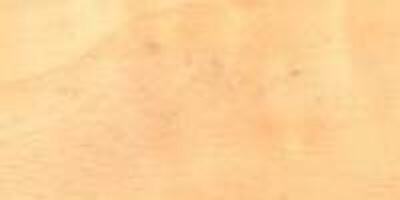|
There are numerous alder subspecies, the two most common are "red" and "black"
BOTANICAL NAME: mostly you'll find Alnus rubr ("red alder") and Alnus glutinos
("black alder") but there are more: see below
these are merely SOME of the mutually contradictory correspondances between
common names and botanical names
black alder, common alder, European black = Alnus glutinos
grey alder, Indian alder, Nepal alder = Alnus nepalensi
grey alder = Alnus Incana
red alder, oregon alder, western alder, pacific coast alder = Alnus rubr
Japanese alder = Alnus maximowiczii
green alder and mountain alder = Alnus tenuifolia or Alnus crispa or Alnus
viridis
sitak alder = Alnus viridis or Alnus sinuata
slide alder = Alnus sinuata
white alder, tag alder, speckled alder = Alnus incana or Alnus rhombifolia
COMMON NAMES: black, gray, red, japanese, green, sitak, slide, and white alder.
Also:
A. glutinos = aune, eis, erle, hannoki
A. nepalensi = boshi swa, koe, koki, kowal, kunch,kunis, kuntz, newn, ni, piak,
pusala, puzala, udish, utis, wusta
TYPE: hardwood
COLOR: red alder has a light red color and black
alder has orange brown sapwood and heartwood with little distinction between the
two. Both range from a light cream to a pale reddish brown
or sometimes pinkish.
Reportedly resistant to fading, darkening or yellowing in UV light.
Small clusters of minor knots is common in the wood. Brown traces from harmless
kambium insects can occur and also brown heart, fresh knots and black rotten
knots.
the bark is a "dye-wood", producing a viable reddish dye, and it is also used
for tanning.
GRAIN: straight and commonly reported as a generally subdued grain, but I've
seen some red alder with pretty pronounced grain.
TEXTURE: smooth, fine, and even
PROPERTIES / WORKABILITY: Marginal nail and screw holding properties but glues
and sands very well and turns and carves quite nicely. Works very well with both
hand and machine tools --- an all around easy working wood. Low shock resistance
and stiffness.
highly prized for upholstery framing because of its stability and superior tack
holding capability.
Grey Alder reportedly has similar properties to Black Alder but is somewhat
softer.
DURABILITY: relatively soft to medium tough, not suitable for flooring, has only
moderate resistance to decay
FINISH: Finishes smooth and takes both stains and paint well. Can be stained to
mimic other fine-grained woods such as cherry.
STABILITY: very little movement in service
BENDING: excellent bending properties and make it particularly suitable for bent
chair parts
SOURCES: common, or black, alder grows in northern hemisphere - Europe, Russia,
some areas of Scandinavia, western Asia, North-western Africa, and Japan. Red
alder grows on Pacific coast of United States and Canada from Alaska to Southern
California. Grey alder is prevalent in Northern Sweden.
USES: broom and brush handles, textile rollers, toys, clogs, artificial limbs,
picture frames, marine use (masts and spars as well as bent structural members
and decking), cabinet work, plywood cores, veneer, interior furniture, doors,
millwork, and carving (turns and carves very cleanly). Sometimes used as a tone
wood but not very prominent in that regard. Reportedly also used for bridges,
although I find that strange since it is not particularly strong.
TREE: red alder 60-70 feet high, and diameter of old trees to 40 inches
WEIGHT: fairly light (35 lbs per cubic foot)
AVAILABILITY: readily available
|




